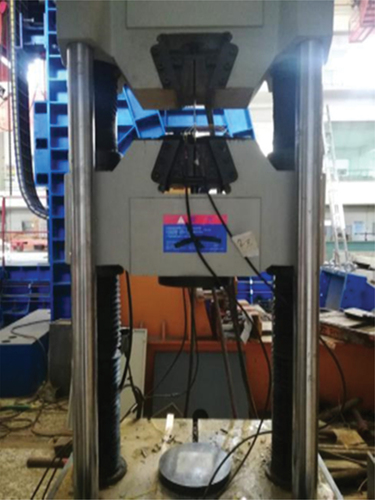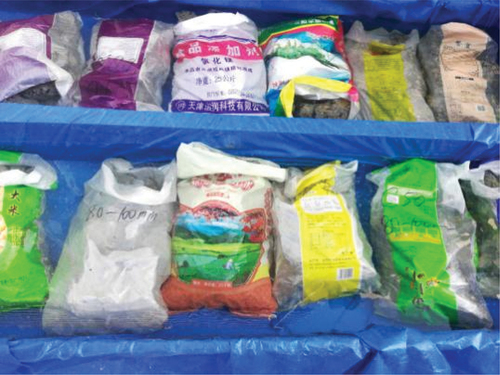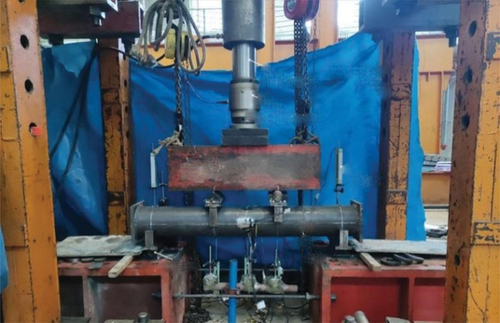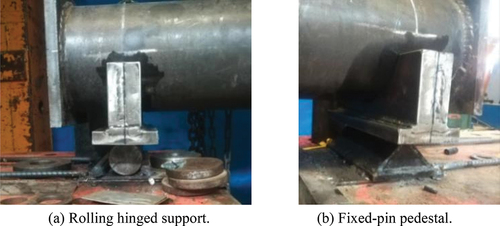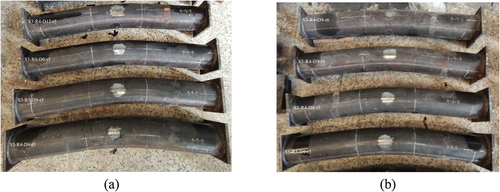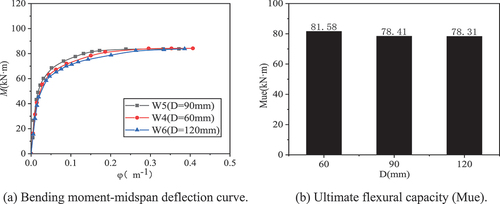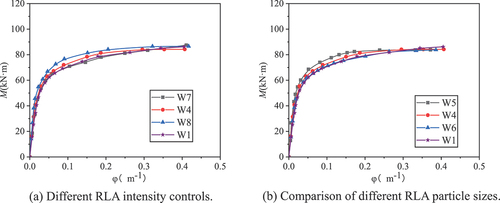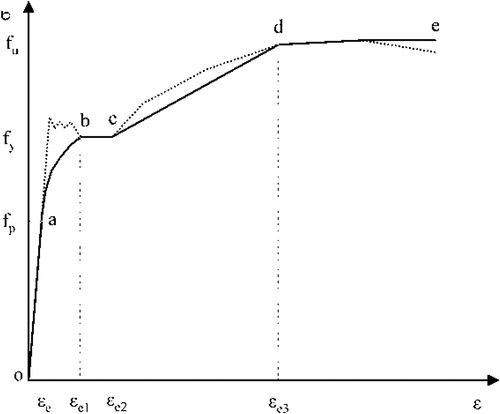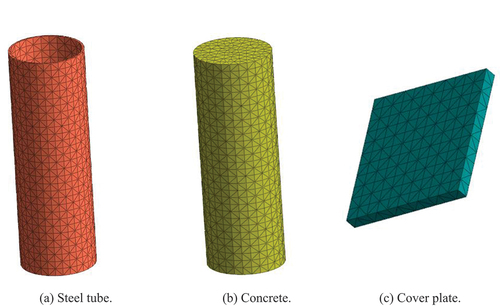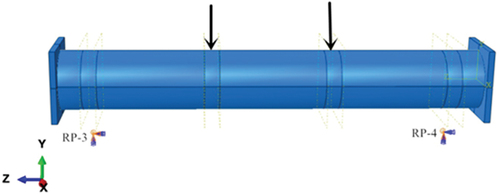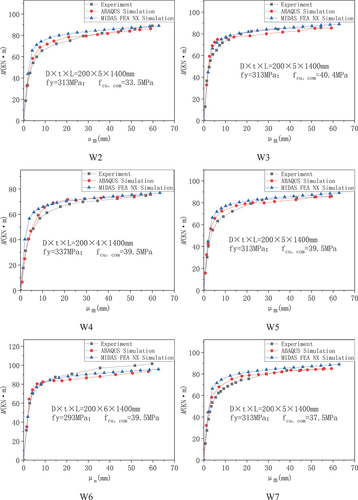Figures & data
Table 1. Performance of steel.
Table 2. The measured and calculated compressive strength of self-compacting concrete (SCC) cubes with reclaimed large aggregate.
Table 3. Specimen parameters.
Figure 10. The influence of the steel tube wall thickness on the bending moment-midspan deflection curve of the component.
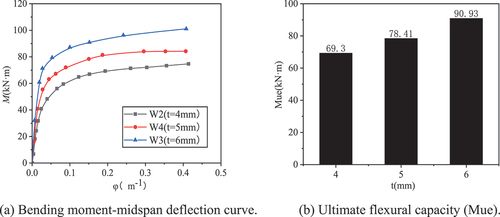
Figure 11. The influence of the RLA strength on the bending moment-midspan deflection curve of the component.
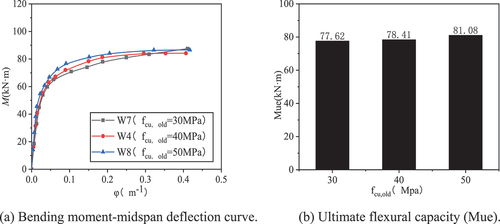
Table 4. Comparison of measured and calculated values of flexural capacity of members.

